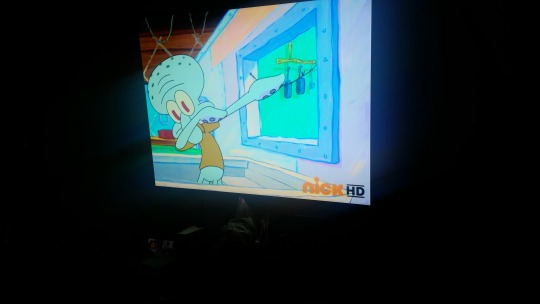Photo
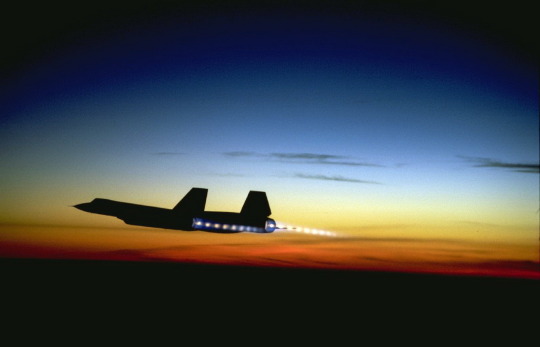
I am almost every time put in a trance whilst spectating an aircraft/jet takeoff . There is always something interesting in the occurrence that makes me go nuts!
And this time around, there are these series of rings that one can see in the exhaust plume of a jet engine when it takes off ( usually when the afterburner is on).
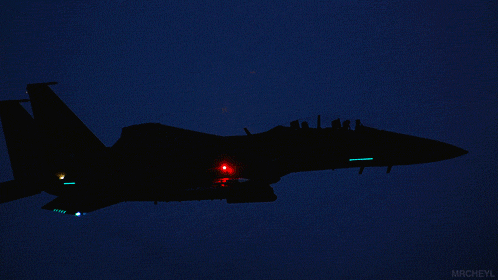
I had no clue about the phenomenon nor did I know how to express it in ‘search engine’ terms to find a match.
But upon discussion with some of friends, I was shown this video of a space shuttle launch that seemed to produce a similar pattern.
Hmm.. Interesting

Shock Diamonds
These set of rings/disks that are formed in the exhaust plume are known as Shock Diamonds or Mach discs ( and by many more names ).
And usually occurs at low altitudes when the pressure of the exhaust plume is lower than the atmospheric pressure.
How does it form ?
Since the atmospheric pressure is higher than the exhaust, it will squeeze it inward. This compresses the exhaust increasing its pressure.
The increased pressure also instills a increased temperature.
As a result, ignites any excess fuel present in the exhaust making it burn. It is this burning that makes the shock diamond glow.
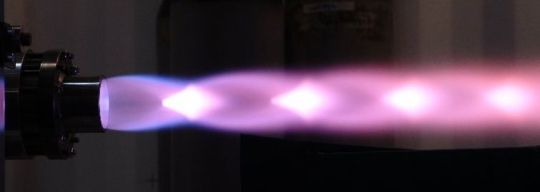
Source
The pressure is now more than the atmospheric pressure, and the exhaust gases start to expand out.
Over time, the process of compression and expansion repeats itself until the exhaust pressure becomes the same as the ambient atmospheric pressure.

In other words, the flow will repeatedly contract and expand while gradually equalizing the pressure difference between the exhaust and the atmosphere.
The same occurs in rocket engines as well.
What if?
What if the atmospheric pressure is less than the exhaust plume ( like at higher altitudes ), would we still see shock diamonds ?
Yup, we would! And here’s a picture of it too ( The Bell X-1 at speeds close to Mach 1 )
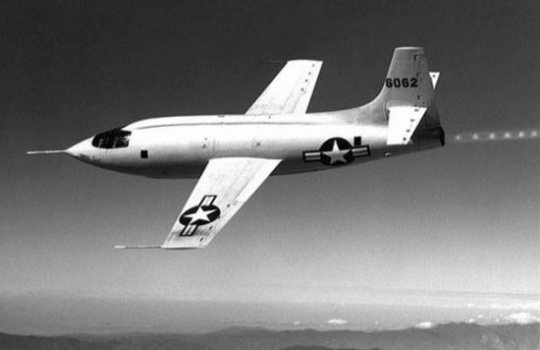
The same phenomenon as discussed above occurs except that the cycle starts with the exhaust gases expanding to atmospheric pressure first.
Did you enjoy this post?
There is an extensive explanation of shock diamonds given by shock waves which this post does not cover.
And this beckons the start of Supersonic Fluid Dynamics - a marvelous field of its own. If this captivated you, it is definitely worth a google.
Cheers!
3K notes
·
View notes
Photo









[talking about growing up without Instagram] “All we had to deal with was, like, Victoria’s Secret, and that was ENOUGH!!”
1K notes
·
View notes
Photo


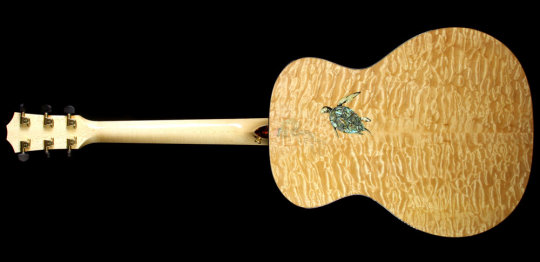
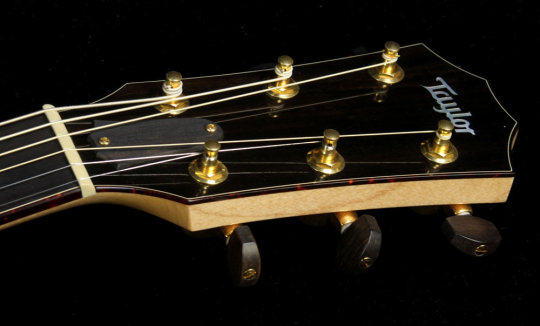


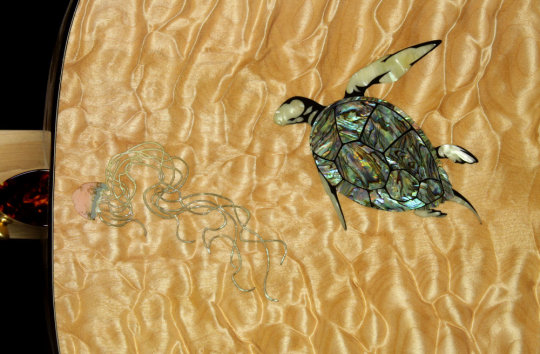
2000 Taylor Limited Edition Gallery Series Sea Turtles Grand Auditorium Acoustic Natural
[Source: The Music Zoo]
185 notes
·
View notes
Photo

Saorge, Provence-Alpes-Cote d'Azur, France by Jean-Paul Mission
11K notes
·
View notes
Photo


Two guys from Akron, Ohio. One of the greatest bands of the 21st Century
3 notes
·
View notes
Quote
“To see my brothers struggle with the anxiety of having to come out was awful,” says Moretz, who has four older brothers.
The 18-year-old says she was in middle school when Trevor and Colin came out as gay, telling the magazine: “At 11, you’re incredibly observant and realizing what society is, and who you are, and people are kissing boys or girls for the first time, and you’re really starting to understand what sexuality is.”
She continues: “The problem is we live in a society where we have to say the words, ‘I’m coming out.’ No one should care what your sexual orientation is, what colour your skin is, or if you’re a man or a woman.”
Moretz adds that she was forced to defend her brothers from abuse at a young age, reavealing: “People would call them the F-word, and I would get so angry,” she says. “It was really hard to see my brothers be hated on or bullied, so I stood up for them. We shouldn’t be using these terms to create more labels and segregate us further apart than we already are.”
Despite growing up in a Christian household, the former child star – who will soon appear opposite Zac Efron in Neighbours 2: Sorority Rising– says that her parents were incredibly accepting of Colin and Trevor’s sexuality.
“Back when my mom was in college, when things were more taboo, she had lots of gay and trans friends, people of all shapes, sizes, and colors,” she says. “So we were a very open household.”
She adds: “My mom tells us people asked her, ‘Why are you letting your son run around in a pink Power Ranger costume?’ Her answer was: ‘Because he wants to wear it, and it makes him smile. Why would I take that away from him?‘”
Chloe Grace Moretz (via speakwithtongues)
43 notes
·
View notes
Photo

"It's a piece of sculpture, just like a woman you know?..." - Jimmy Page on the Guitar
36 notes
·
View notes
Text
5 Myths About Becoming an Astronaut
Have you ever wondered if you have what it takes to become a NASA Astronaut? The term “astronaut” derives from the Greek word meaning “space sailor,” and refers to all who have been launched as crew members aboard NASA spacecraft bound for orbit and beyond.
We’re looking for a new class of astronauts to join the NASA team, and here are a few things to know.
Here are a few myths about becoming an astronaut:
MYTH: All astronauts have piloting experience.
FACT: You don’t need to be a pilot to be an astronaut. Flying experience is not a requirement, but could be beneficial to have.
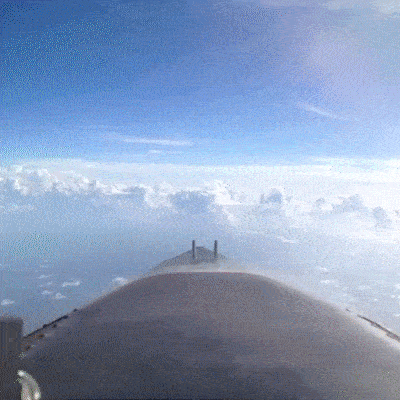
MYTH: All astronauts have perfect vision.
FACT: It’s okay if you don’t have 20/20 vision. As of September 2007, corrective surgical procedures of the eye (PRK and LASIK), are now allowed, providing at least 1 year has passed since the date of the procedure with no permanent adverse after effects.

MYTH: All astronauts have advanced degrees like, a PhD.
FACT: While a Bachelor’s degree from an accredited university is necessary, an advanced degree is not required to become an astronaut.
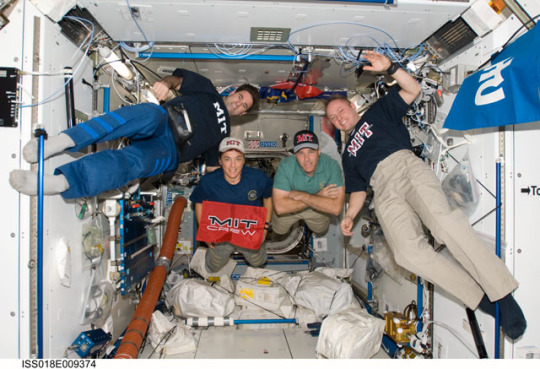
MYTH: Astronauts are required to have military experience in order to be selected.
FACT: Military experience is not required to become an astronaut.
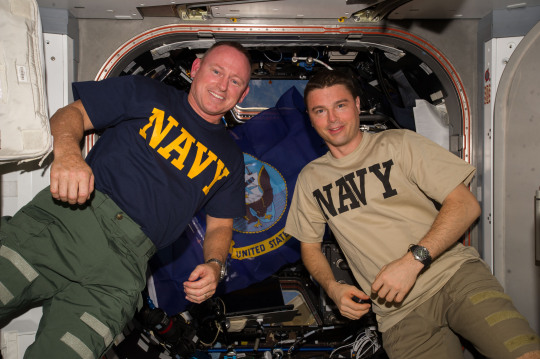
MYTH: You have to be a certain age in order to be an astronaut.
FACT: There are no age restrictions. Astronaut candidates selected in the past have ranged between the ages of 26 and 46, with the average age being 34.
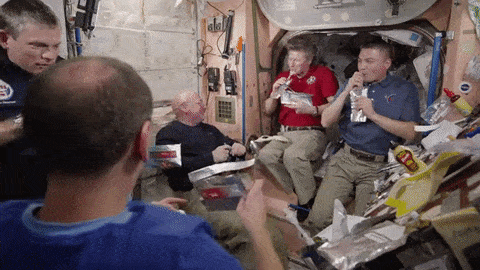
Okay, but What are the requirements?

Commander and Pilot Astronauts
Pilot astronauts serve as International Space Station commanders and pilots. During flight, the commander has onboard responsibility for the vehicle, crew, mission success and safety of flight. The pilot assists the commander in controlling and operating the vehicle.
Basic requirements for an Astronaut Pilot include the following:
Bachelor’s degree from an accredited institution in engineering, biological science, physical science or mathematics. An advanced degree is desirable. Quality of academic preparation is important.
At least 1,000 hours pilot-in-command time in jet aircraft. Flight test experience is highly desirable.
Ability to pass a NASA space physical which is similar to a military or civilian flight physical and includes the following specific standards:
Distant visual acuity: 20/100 or better uncorrected, correctable to 20/20, each eye Blood pressure: 140/90 measured in a sitting position Height between 62 and 75 inches
Mission Specialist Astronauts
Mission specialist astronauts work with the commander and the pilot and have overall responsibility for coordinating operations in the following areas: systems, crew activity planning, consumables usage and experiment/payload operations.
Basic requirements for a Mission Specialist include the following:
Bachelor’s degree from an accredited institution in engineering, biological science, physical science or mathematics. Degree must be followed by at least three years of related, progressively responsible experience. An advanced degree is desirable and may be substituted for part or all of the experience requirement. Quality of academic preparation is important
Ability to pass a NASA space physical which is similar to a military or civilian flight physical and includes the following specific standards:
Distant visual acuity: 20/200 or better uncorrected, correctable to 20/20, each eye Blood pressure: 140/90 measured in a sitting position Height between 58.5 and 76 inches
Applications for our next astronaut class open on Dec. 14! Visit: http://www.nasa.gov/astronauts/
Make sure to follow us on Tumblr for your regular dose of space: http://nasa.tumblr.com
7K notes
·
View notes
Photo

I Found this Online, it's amazing
2 notes
·
View notes
Text
CubeSat companions for ESA’s asteroid mission
ESA - AIM logo.
3 November 2015
The five CubeSat concepts to be studied to accompany ESA’s proposed Asteroid Impact Mission into deep space have been selected.
The ideas being looked at include taking a close-up look at the composition of the asteroid surface, measuring the gravity field, assessing the dust and ejecta plumes created during a collision, and landing a CubeSat for seismic monitoring.
AIM and CubeSats watch impact
The Asteroid Impact Mission, or AIM, undergoing detailed design ahead of a final go/no-go decision by ESA’s Ministerial Council in December 2016, is a deep-space technology-demonstration mission that would also be humanity’s first probe to rendezvous with a double asteroid.
AIM is also set to be Europe’s contribution to a larger international endeavour called the Asteroid Impact & Deflection Assessment (AIDA) mission: the US Double Asteroid Redirection Test (DART) would strike the smaller of the two Didymos asteroids, with AIM on hand for before-and-after monitoring of any resulting orbital and structural shifts.
Asteroid Impact Mission - AIM explained
Like a Russian doll, the main AIM spacecraft would carry smaller probes within it: the Mascot-2 lander from the DLR German Aerospace Center, and an additional pair of triple-unit CubeSats.
“CubeSats are nanosatellites based on standardised 10 cm-sized units, which are much cheaper and simpler to build than standard satellites, suitable for higher-risk missions such as envisaged for AIM,” explains Roger Walker, overseeing ESA’s technology CubeSat effort.
“They would in this case be deployed in the vicinity of the asteroid during the DART impact.
Triple-unit CubeSats
“Usually, CubeSats offer an easy means of scientists to launch their experiments into low-Earth orbit. But with AIM we are giving European research teams the chance to design instruments based on the CubeSat standard for deep space, to do specialised scientific work that will complement AIM’s main science goals.
“CubeSat hardware is easy for this community to access and adapt to their needs. It´s like taking inexpensive building kits to do top-notch science.”
“We put out a call for ideas for these CubeSat Opportunity Payloads through the SysNova initiative of ESA’s General Studies Programme,” says Andrés Galvez, Head of the Science Analysis and System Support Unit, which looks at how new instruments could be used in planned space missions.
“Through SysNova we set technology challenges to get competing concepts we can then assess in detail ahead of making a final choice.
AIM networking with CubeSats
“There were a large number of proposals to the call and teams variously put forward concepts involving either one or two triple-unit CubeSats. We were very pleased by the response and the diversity of scientific missions put forward with such small satellites.”
The selected proposals will now be funded by ESA for detailed study, ahead of a final selection to fill the two berths in June next year.
The selected proposals are:
– AGEX (Royal Observatory of Belgium, ISAE-SUPAERO, Antwerp Space, EMXYS, Asteroid Initiatives Ltd). A CubeSat touches down to assess the surface material, surface gravity, subsurface structure and of the DART impact effects. Another CubeSat in orbit deploys smaller ‘chipsats’ dispersed over the asteroid.
– ASPECT (VTT Technical Research Centre of Finland, University of Helsinki, Aalto University Foundation). A CubeSat equipped with a near-infrared spectrometer to assess the asteroid composition and effects of space weathering and metamorphic shock, as well as post-impact plume observations.
– DustCube (University of Vigo, Micos Engineering GmbH, University of Bologna). A CubeSat to measure the size, shape and concentration of fine dust ejected in the aftermath of the collision and its evolution over time.
– CUBATA (GMV, Sapienza University of Rome, INTA). Two CubeSats measure the asteroid system’s gravity field pre- and post-impact through Doppler tracking of CubeSats, as well as performing close range imaging of the impact event.
– PALS (Swedish Institute of Space Physics, Institute for Space Sciences IEEC, Royal Institute of Technology KTH, AAC Microtec, DLR). Two CubeSats characterise the magnetisation, bulk chemical composition and presence of volatiles of the impact ejecta, as well as perform very high resolution imaging of the ejecta components.
AIM cubesat deployment
With these opportunity payloads, ESA is applying current European technology miniaturisation efforts to explore our wider Solar System in unprecedented ways, lowering the cost and risk of interplanetary missions.
Related article:
AIMing a light across millions of kilometres:
http://orbiterchspacenews.blogspot.ch/2015/10/aiming-light-across-millions-of.html
Related links:
Technology CubeSats: http://www.esa.int/Our_Activities/Space_Engineering_Technology/Technology_CubeSats
SysNova: http://www.esa.int/About_Us/GSP/SysNova
AIDA science community: https://www-n.oca.eu/michel/AIDA/
NEO Space Mission Studies: http://www.esa.int/Our_Activities/Space_Engineering_Technology/NEO
Partners:
NASA’s Near Earth Objects Observations: http://science.nasa.gov/planetary-science/near-earth-objects/
DLR’s MASCOT: http://www.dlr.de/irs/en/desktopdefault.aspx/tabid-7902/13482_read-34316/
OHB: https://www.ohb-system.de/main-company.html
QinetiQ Space: http://www.qinetiq.com/Pages/default.aspx
OCA: https://www.oca.eu/?lang=en
APL: http://www.jhuapl.edu/aboutapl/
Images, Video, Text, Credits: ESA/ScienceOffice.org.
Best regards, Orbiter.ch
Full article
22 notes
·
View notes



